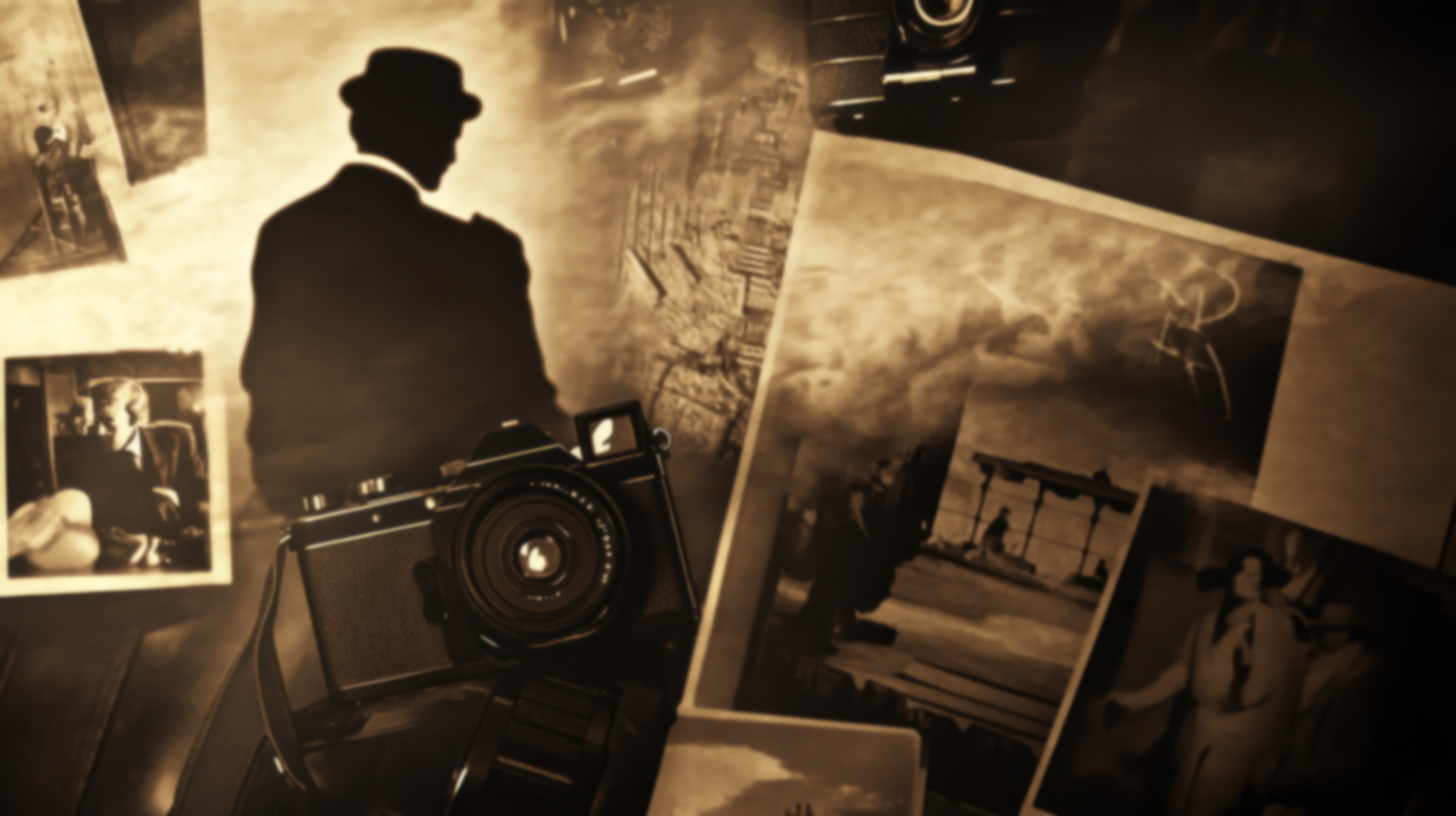Noir: History, Origins, and the Postwar Shadows of American Cinema
Explore the history of film noir—its postwar roots, visual style, themes, and evolution from classic noir to neo-noir. Discover how noir’s shadows shaped American and global cinema.
Introduction: Defining Noir and Its Enduring Appeal
Noir—and especially classic film noir—is more than a genre label. It is a cinematic worldview, a fusion of style and substance where stark lighting, fractured morality, and urban alienation converge. The history of film noir begins in the early 1940s, emerging from the turbulence of World War II and the shifting cultural landscape of postwar America. Its shadowed streets and morally ambiguous characters reflected an uneasy national mood—one still haunted by the trauma of war, wary of authority, and fascinated by the darker corners of human behavior.
Today, noir’s influence stretches far beyond the black-and-white thrillers of Hollywood’s “classic” era. From the origins of film noir in hardboiled detective fiction to the neon-drenched landscapes of neo-noir, the genre has evolved without losing its fascination with crime, fate, and moral ambiguity.
The Postwar Origins of Film Noir
The seeds of noir cinema were planted during World War II, but it was the postwar period that gave the genre its defining tone. Returning veterans faced an America transformed: women had taken wartime jobs, cities had grown, and the economy—though booming for some—still bore deep inequalities. Beneath the surface of victory lay trauma, dislocation, and a pervasive sense of disillusionment.
This cultural mood found expression in noir’s conflicted heroes—private detectives, drifters, and criminals—operating on society’s fringes. These characters reflected a public increasingly skeptical of institutions and aware that justice was neither absolute nor guaranteed.
Cold War Politics and Noir’s Climate of Suspicion
Noir thrived in a period of rising political paranoia. The House Un-American Activities Committee and the Hollywood blacklist fractured creative communities, forcing filmmakers to mask social critique in coded narratives and suggestive imagery. Noir’s hallmark atmosphere of mistrust mirrored the era’s reality, where loyalty could be questioned and betrayal was often a given.
Film scholar Dennis Broe has argued that classic film noir contains a strong undercurrent of class critique, portraying working- and middle-class protagonists struggling against corrupt systems. These tensions resonated with postwar audiences who had seen both the power and the fragility of democratic ideals.
Noir’s Visual Style and Expressionist Influences
One of noir’s most enduring contributions to cinema lies in its visual style. The genre’s stark contrasts of light and shadow—often called chiaroscuro—owe much to German Expressionism, imported to Hollywood by émigré directors fleeing fascism. Filmmakers like Fritz Lang, Robert Siodmak, and Billy Wilder employed canted angles, deep shadows, and claustrophobic compositions to externalize psychological tension.
These techniques, combined with Hollywood’s narrative discipline, created an unmistakable mood: the city as labyrinth, the night as moral crucible. In noir, light rarely offers safety—it often reveals just enough to unsettle.
Literary Roots: Hardboiled Fiction and Noir Narratives
Before it was a film style, noir was a literary attitude. The hardboiled fiction of Dashiell Hammett, Raymond Chandler, and James M. Cain supplied not only plots but an entire worldview—cynical, unsentimental, and aware of the rot beneath respectable veneers. The pulp magazines of the 1920s and 30s, especially Black Mask, introduced readers to detectives and criminals who navigated a morally compromised world with wit and resignation.
Hollywood adaptations such as The Maltese Falcon (1941) and Double Indemnity (1944) proved that this style translated seamlessly to film, creating a feedback loop between pulp literature and noir cinema.
Social Anxiety, Moral Ambiguity, and Noir Themes
At the heart of noir is a philosophical stance: moral ambiguity as the defining condition of modern life. Noir characters make choices in a universe where outcomes are governed as much by chance and fatalism as by intention. Justice, when it appears, often comes too late or at too high a cost.
These themes resonated in postwar America, where the certainties of wartime propaganda had given way to the complexities of peace. Noir’s willingness to confront these ambiguities head-on made it both a product of its time and a timeless artistic mode.
From Classic Noir to Neo-Noir
By the late 1950s, the classic film noir cycle was fading, displaced by changing tastes and the decline of the studio system. Yet the noir sensibility persisted, evolving into neo-noir in the 1970s and beyond. Films like Chinatown (1974), Blade Runner (1982), and L.A. Confidential (1997) reinterpreted noir’s core elements—visual style, flawed protagonists, cynical worldview—for new eras.
Today’s neo-noir often integrates contemporary anxieties: surveillance, technology, globalization, and the collapse of traditional moral frameworks. Yet the lineage to classic noir remains visible in the shadows, the betrayals, and the sense that the truth is always just out of reach.
Global Perspectives on Noir
While born in Hollywood, noir has found fertile ground worldwide. French polar films, Japanese Yakuza dramas, Korean revenge thrillers, and British crime sagas all draw on noir’s visual language and moral complexity. This global adoption demonstrates noir’s flexibility—it can absorb local histories, politics, and aesthetics while retaining its core DNA.
Conclusion: Why Noir Endures
Noir endures because it speaks to conditions that never fully disappear: uncertainty, corruption, desire, and the knowledge that our fates are never entirely in our hands. For audiences, noir offers both recognition and release—a chance to explore the shadows from a safe remove. For artists, it offers a rich palette of mood, theme, and style.
For Low Throes, those same shadows and ambiguities form the foundation of our Noir Pop sound — cinematic songs shaped by the mood, atmosphere, and storytelling tradition of classic and modern noir. Discover our music here »
By understanding the history and origins of film noir, we see more than just a cinematic trend; we see a mirror held up to the anxieties and contradictions of modern life. And as long as those contradictions exist, noir—in all its forms—will continue to walk the night.


.png)